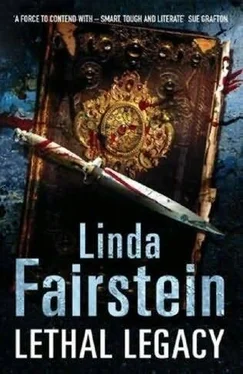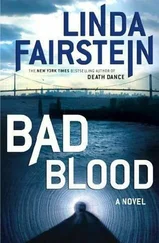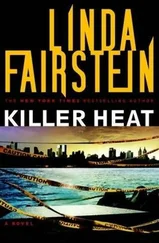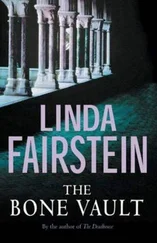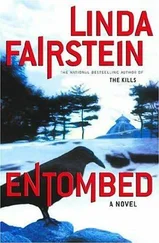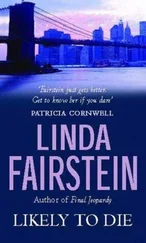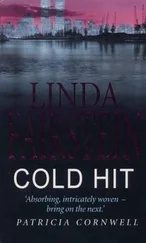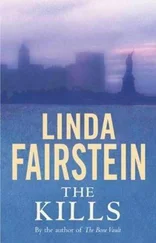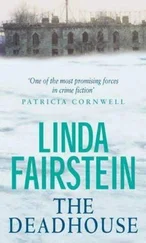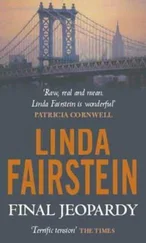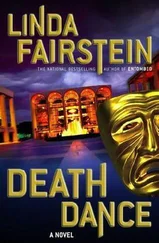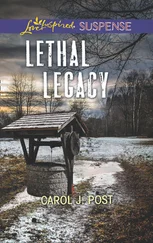Her finger pointed from building to building as she talked. “The brick buildings, like these, were colored in pink. Things built for industrial use were green. And down the block a bit, you see the yellow ones? Those represent wood frame houses-more likely to burn, less likely to get a good insurance rate.”
“Why is this one both pink and yellow?” Mike asked.
“A brownstone, but with a wooden porch in the backyard. I want you to hold that thought, because it’s going to come in handy a few maps down the road,” Bea said. “In the meantime, I can also tell you why these homes were built.”
“We’re all ears.”
“Jasper Hunt-the great-grandfather of Tally and Minerva-wanted a residence for his mistress. Close to Fifth Avenue, but not so close his wife would be able to smell her perfume,” Bea said.
“Now, how do you know that?” Mike asked, patting her on the back.
“I’ve got a library card, Mr. Chapman. It serves me well. There were tabloids even back in those days. Five buildings in this row. The one we’re in was completed first, and then the one next door was built for the mother of his mistress-a deal the young lady was smart enough to insist upon. The other three weren’t quite as grand, but Mr. Hunt built them for servants and staff.”
“And Minerva was still using the basement for the hired help,” Mercer said, referring to Tina Barr.
“The next structural change to note is in 1912,” Bea said, layering her maps on top of each other. “Something very interesting has been added to the rear of this building.”
“What’s that?” Mike asked. “Can we see it?”
“Look closely. Attached to one side of the pink drawing that represents the house, there’s a small black rectangle.”
“Got it,” Mike said. “But what does it mean?”
“It’s an indication that some kind of chamber was added out in the yard-something that would be impervious to fire and water. That’s what the black color code tells us. It’s not as deep as the basement we’re in, which was really helpful for me to know.”
“Why?” I asked.
“Remember yesterday, when Mike made me cancel my meeting with the Department of Transportation about the flooding in the Empire State Building? The men were coming to study the Viele map, so that gave me the idea to search out this site on that.”
“I know you’re the map maven,” Mike said. “But I’m trying my best to follow this.”
“Let me make it easy for you,” she said. From her briefcase she removed another thick paper, which she unfolded, revealing a vividly colored reproduction of a topographical map of Manhattan. “See there? Egbert Viele, 1865.”
This one had a street grid superimposed on the island, but no structures or buildings. Instead, it showed a city full of ponds, natural springs, and streams, from its southern to northern tips, before it was paved over and populated.
“This is Greenwich Village,” Bea said. “You can see Minetta Stream coursing below Washington Square. And there’s a creek, just underneath Broadway in the Twenties. This blue line, up in Harlem, right around One Hundred and Fortieth Street? That’s also a stream.”
And then her fingertip led our eyes to First Avenue, just east of the Hunt buildings. “And that, my friends, is an underground pond, where water pools and collects-to this very day, no doubt. The stream that leads from it comes right below our feet. You can’t possibly trace them today, but every architect in the city still uses this map-like an X-ray of the island-to find out where the leaks are coming from.”
“So what’s your deduction, Sherlock?” Mike asked the diminutive librarian.
“Elementary,” she said. “Who owned the buildings by 1912?”
“You’ve got better sources on the Jasper Hunts than I do,” Mike said.
“Jasper Junior had just come into his own. Don’t forget, he did his world tour, visiting all the European principalities, in 1905. By 1912, according to the yellow journalists of the day, Junior took over where his father left off. He moved his late father’s mistress in with her mother, next door, and brought his own to live right here.”
How had Minerva first described the predilections of the Hunt men? Rare books, expensive wine, and cheap women. Jasper Hunt Jr. had a wife, a mistress, and, later in life, perhaps an inappropriate interest in young girls like Edith Wharton Eliot.
“So what is this chamber he built in the backyard made of-Kryptonite?” Mike asked.
“Not so deep as this basement, where we’re standing,” Bea said. “After all, if something was likely to flood in here, it would be ruined. Seems to me, if a man had valuables he wanted to protect-”
“And if Jasper was more than a little bit eccentric, enough so not to entrust things to a bank vault…”
“Maybe he built his own vault, right in his babe’s backyard?” Bea said. “Maybe that’s where she kept her jewels.”
Mike straightened up and smiled for the first time that afternoon. “Or maybe that’s where he kept the panels of the great map of 1507. High and dry, locked in a waterproof, fireproof chamber where nobody was likely to look. Had to get past his lady love to get to the yard. Buried his treasure under his father’s favorite garden ornament.”
“Don’t tell me Billy Schultz didn’t know what his neighbor was digging for,” Mercer said, crossing the kitchen floor in three strides to open the back door.
Mike was on his tail just as quickly. “That’s a pretty deadly vertical search that landed Tina Barr so permanently horizontal.”
I had gone upstairs to knock on Billy Schultz’s door before returning to the backyard, but there was no answer. Both Mike and Mercer were digging with garden spades when I joined them and said he wasn’t home. Bea had pulled the collar up on her raincoat and watched them work from a bistro chair set out behind the house.
“You ever get your hands in the dirt up on the Vineyard?” Mike asked. “You have any idea what we’ve got here?”
I knelt down beside him. “The top couple of inches is mulch. These look like tulip bulbs,” I said, lifting out several plantings below the surface. “Some people plant them in the fall.”
Mike jabbed his small shovel into the dirt again. “Too bad Tina didn’t stick around for the spring bloom.”
“She’s still the victim,” I said. “Is there another shovel?”
“Not until Billy Schultz gets home.”
Whoever tended the little garden kept it densely packed with perennials and small shrubs. Mercer was pulling them out to get a better angle as he dug.
Minutes later, I heard the sound of metal clanging against metal. “I’m in,” Mercer said.
Bea jumped to her feet and both of us clustered behind him. Mike saw the hole in the ground left by Mercer’s uprooting of a dwarf pine and started digging furiously. Seconds later, the tip of his shovel struck against some kind of metal vault.
“Right where it shows on the map,” Bea said.
Both men scrambled to excavate the dirt on top of the buried chamber.
Just like on the diagram Bea had shown to us, the exterior of the rectangular chest was almost ten feet long bordering the rear of the house, and only three feet wide.
“It looks like it’s split into compartments,” Bea said, peering in over Mike’s shoulder.
“Can you tell from your map,” Mike asked as he continued to throw dirt back onto the flagstone path adjacent to the site, “whether there were peepers way back then in the buildings behind us?”
He raised a valid point. It wouldn’t have been a very good hiding place if everyone around could see the dig.
“It appears from the maps I’ve examined that Hunt enclosed these first two buildings-the ones for his mistress and her mama-with a common wall,” she said, pointing to the brick surround, which was about twenty feet tall. “The family held on to the property behind us until almost 1930, when those apartments that back up on it were constructed.”
Читать дальше
